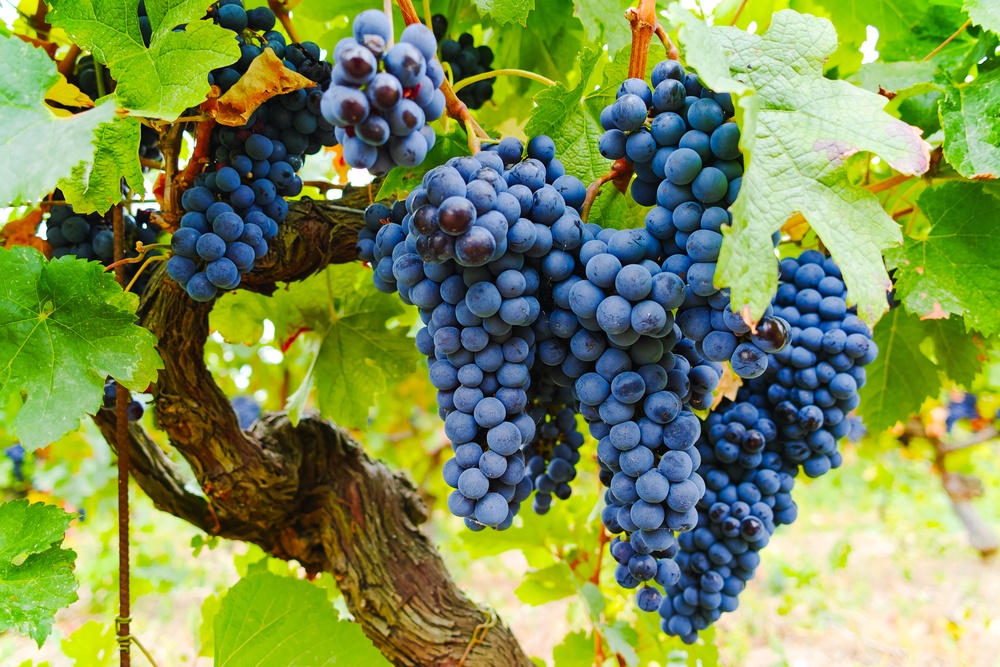Although we have already covered the six original Noble grapes, in recent years the concept of “Noble grapes” has been expanded to include a few more additional grapes that have found favor outside of the traditional European areas of grape production. These grapes are often referred to as the “international varieties” in order to differentiate them from the original six.
Reds
Grenache
One of the most widely grown grapes, Grenache is used to make some of the priciest wines in the world. It’s mainly grown in France, Spain, and Italy; however, a few crops can be found in the New World. Grenache’s appeal is its intense fruity flavor and herbal notes. Berries such as strawberries, black cherries, and raspberries are most prominent, and there is a hint of cinnamon and anise.
Sangiovese
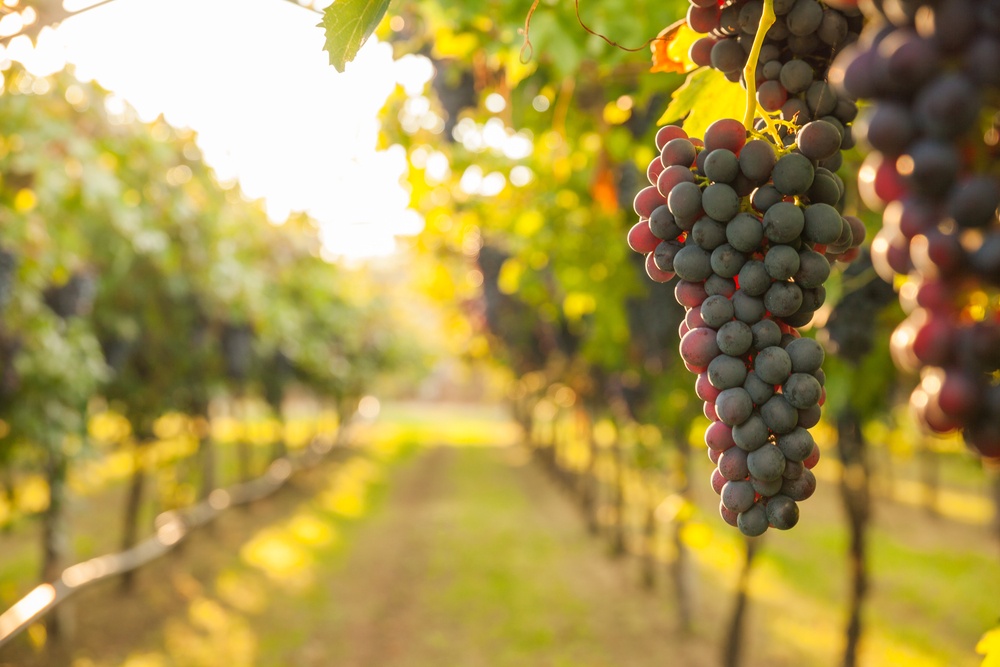
Sangiovese is the quintessential Tuscan varietal and the grapes are grown almost exclusively in Italy. Savory and tart, Sangiovese typically evokes the flavors of cherry and tomatoes. Sangiovese also has a high acidity and a lot of tannins.
Nebbiolo
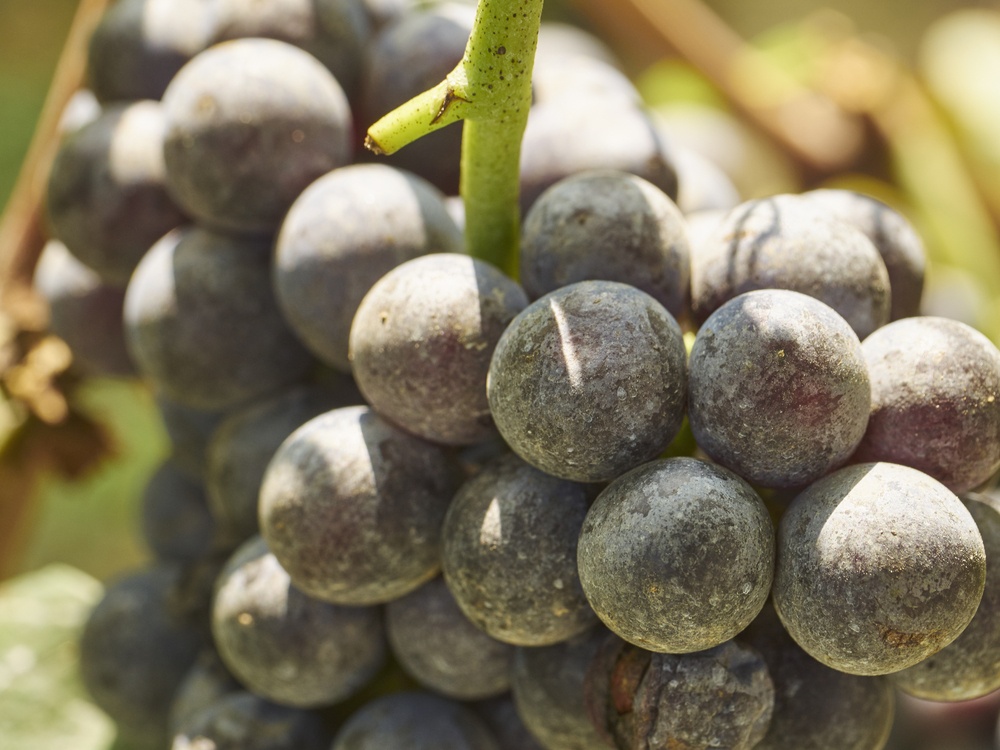
Another Italian grape, Nebbiolo wines are notable for their complex flavors, intricate subtleties, and delicate aromas.
Tempranillo

Hardy Tempranillo is primarily grown in Spain as it is capable of surviving and thriving in regions with harsh climate. Mainly used in blends, Tempranillo wines are earthy and fruity.
Malbec
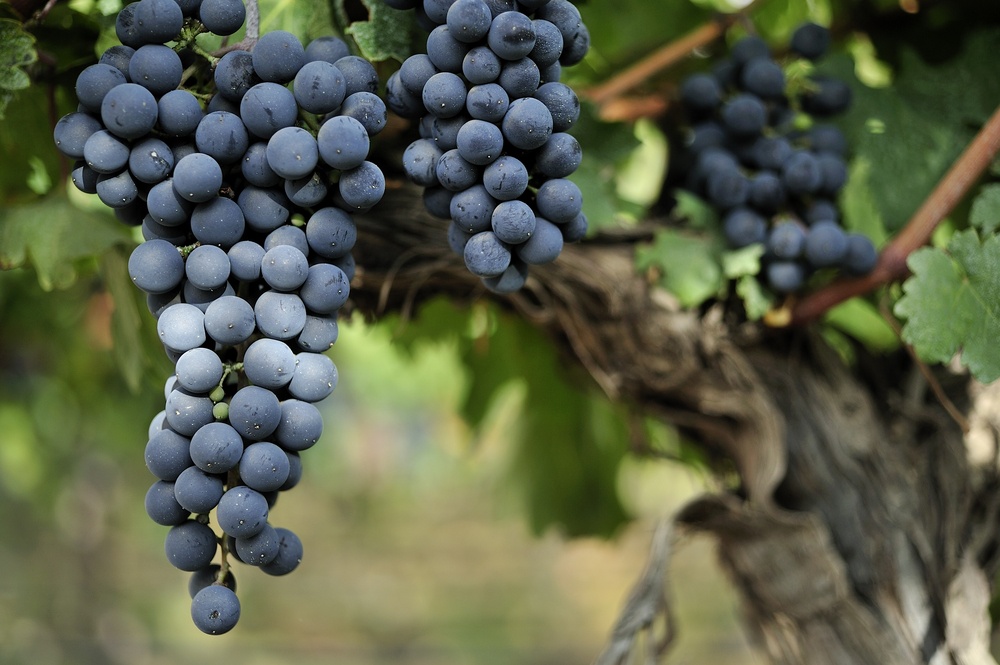
Malbec is the darling of New World wine producers; Argentina is now responsible for around 75% of Malbec production. Known for its muscular taste, Malbec is a great alternative to more expensive Cabernet Sauvignons and Syrahs.
White
Pinot Grigio
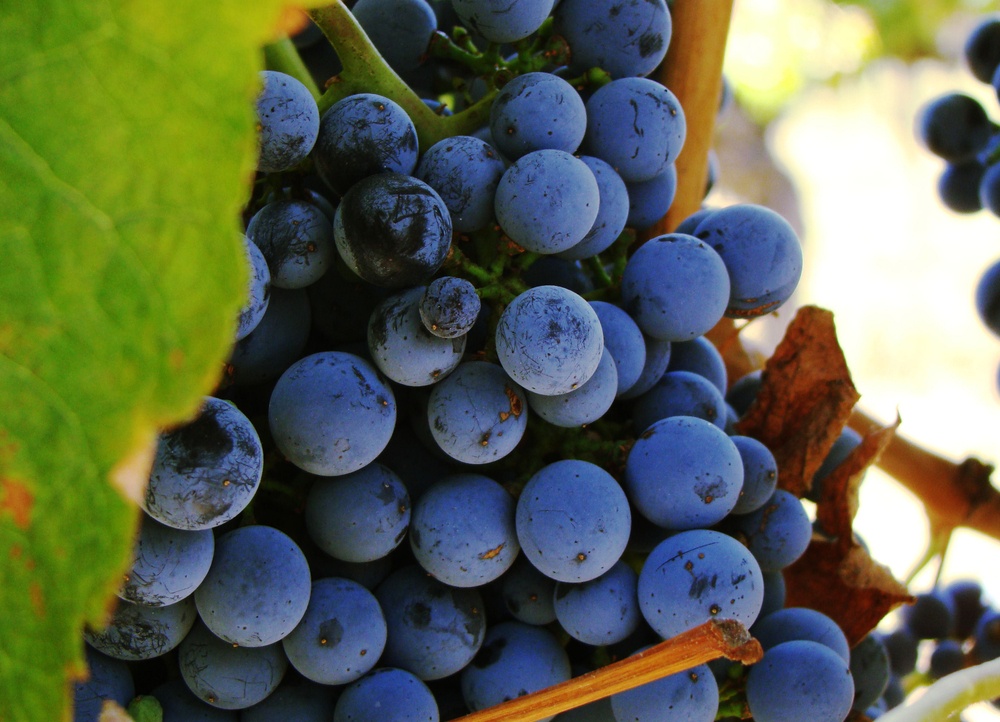
An offshoot of the Pinot Noir grape, Pinot Grigio is crisp, zesty, and wonderfully refreshing on a hot summer day. The two main growing regions of Pinot Grigio are France and Italy; depending on the country of origin, the wine will taste slightly different. Italian Grigio tends to be the drier and more bitter of the two, while French Grigio is sweeter with a subtle honey flavor.
Chenin Blanc

Mainly grown in South Africa, Chenin Blanc is known for its versatility. This grape can be used to make wines that cover a wide spectrum of flavors. In fact, Chenin Blanc grapes can be used to make dry, sweet, off-dry, and even sparkling wines.
Moscato
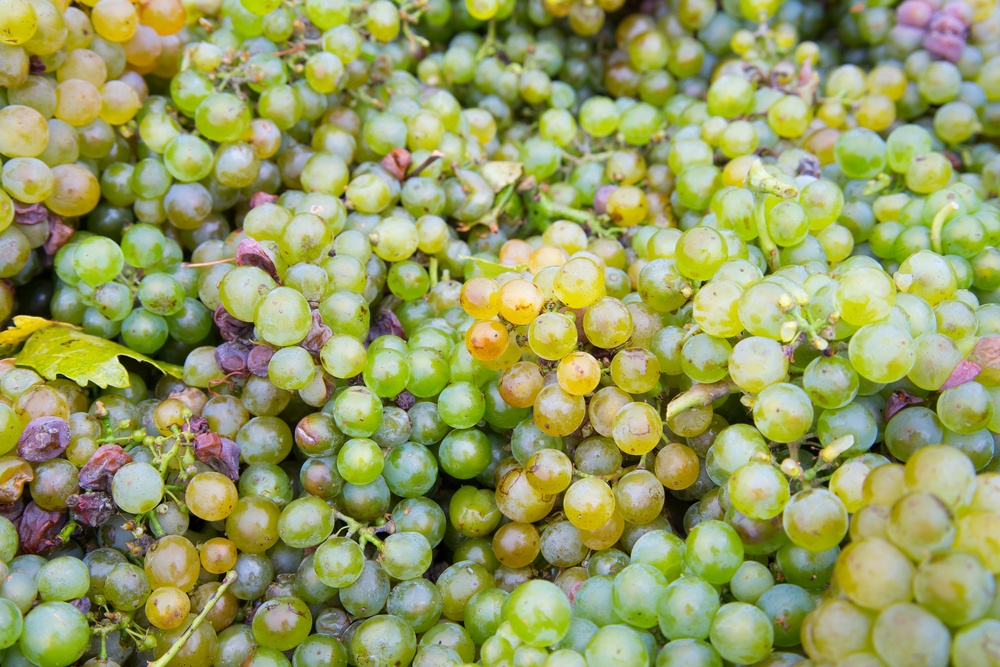
Another Italian grape, Moscato is known for its sweetness and for being incredibly easy to drink.
Gewurztraminer
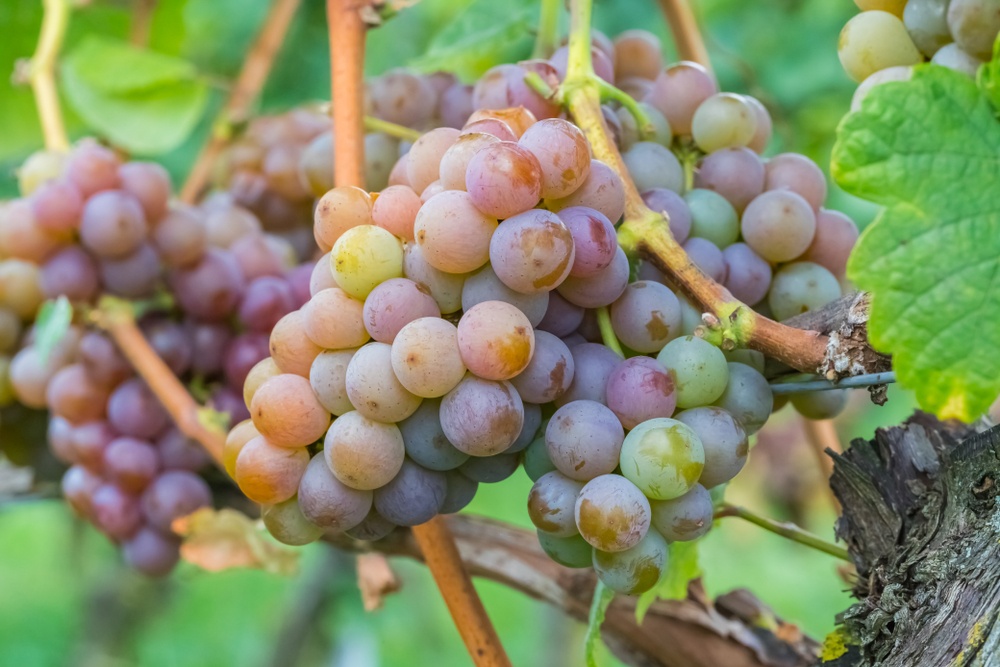
Sweet Gewürztraminer is characterized by its quintessential lychee aroma. In fact, tropical fruit is the most dominant aroma and flavor found in this wine. Alongside the strong fruit flavors, more complex Gewürztraminers will have notes of rose petal, ginger, allspice, cinnamon, pepper, and honey.
Sémillon

French Sémillon is used in the production of dry and sweet white wines. It’s also a crucial element in White Bordeaux blends and is the main ingredient in Sauternes dessert wines. Depending on the ripeness of the Sémillon grapes, the resulting wine can be either creamy and fruity or dry and acidic
Viognier

Viognier grapes are predominantly grown in the Rhône valley of France. The wine is known for its full-bodied character and has a pronounced floral aroma. The wine has a wonderfully balanced sweetness and low-acidity. When tasting Viognier expect strong notes of stone fruits like peach and tropical fruits like mango.
